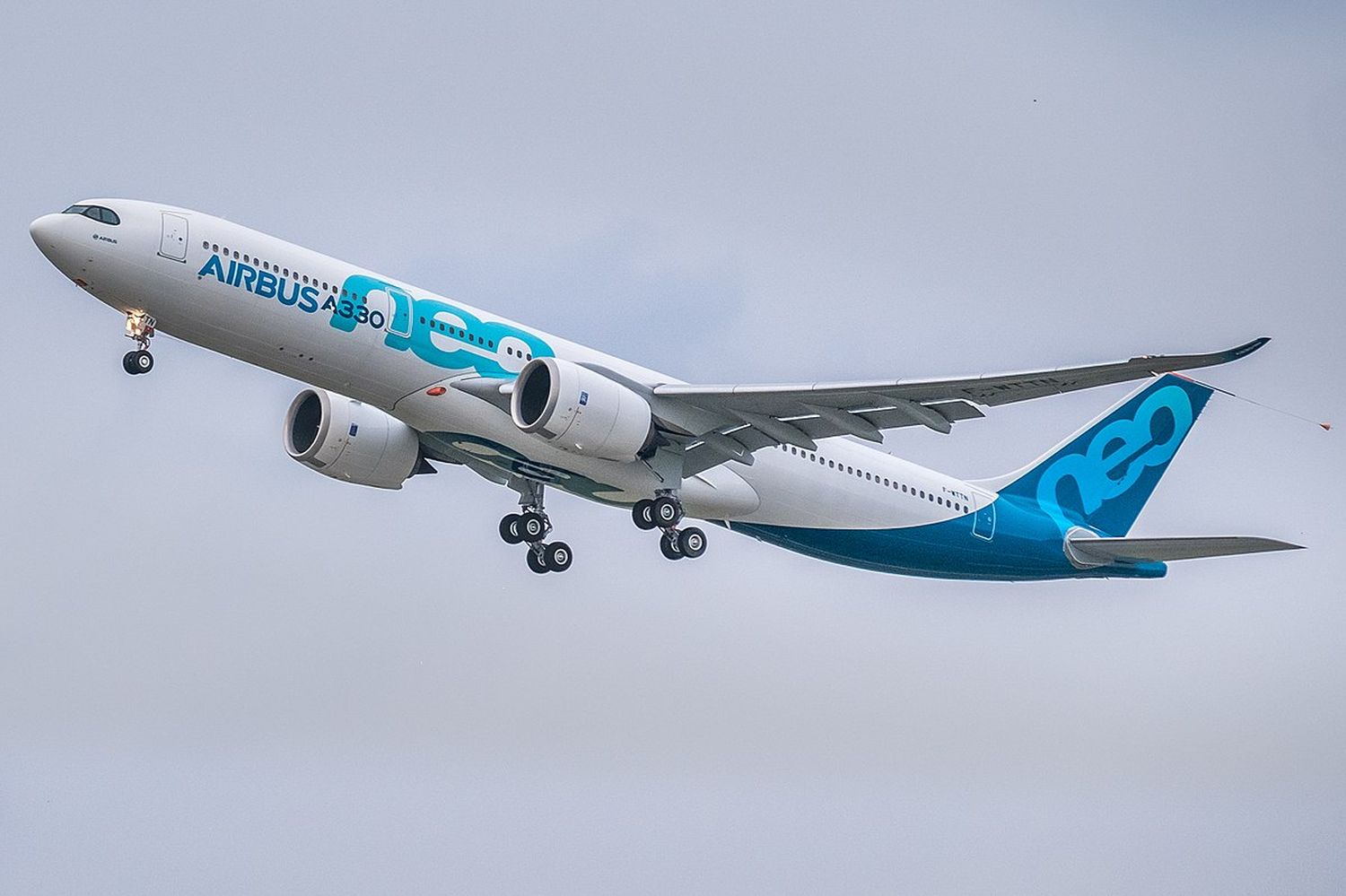Airbus A330neo enhancements: better performance and efficiency
The A330neo family has seen several performance and efficiency enhancements since its initial delivery in November 2018. These include an increase in the maximum takeoff weight (MTOW) from the originally certified 242 tons to the current 251 tons and an increase in capacity for the A330-900, from 440 to 460 seats.
Continuing the evolutionary trend of the model, Airbus has introduced an operational performance enhancement package. The evolution is called Step 4 and will focus on improving the low-speed performance of the aircraft, achieving greater lift and reduced drag during takeoff and climb phases.
Operators of the A330-900 will benefit from improvements in the takeoff capacity of approximately 2.6 metric tons. At airports with runway restrictions (such as Madrid, Minneapolis, Reunion, Düsseldorf, Bogotá, Gatwick, and Mumbai), the net gain could be up to four tons. Power will remain unchanged, and fuel consumption will not be affected. The package focuses on providing intermediate flap adjustments, known as «Enhanced Takeoff Configurations» (ETOC), and implementing faster landing gear retraction sequences.
Related Content: New Airbus A320neo engines begin flight test campaign
ETOC works as follows: the cockpit – common between the A330 and A320 families – has five flap position settings. During takeoff, the choice of flaps depends on runway length and engine thrust configuration, among other factors. In general, higher flap settings result in increased lift during takeoff. However, a higher configuration creates more aerodynamic resistance, especially during the initial climb phase.
As there is a significant aerodynamic jump between each of the five flap settings, Airbus identified room for further performance optimization and for smoothing flap and slat transitions by introducing intermediate flap positions. ETOC does not require physical changes to the aircraft: pilots will input the intermediate flap settings into the computer. The aircraft’s avionics will automatically adjust the slats and flaps on the wing to the desired intermediate position for takeoff.
The other enhancement, combined with ETOC, shortens the landing gear retraction time by approximately 0.8 seconds and reduces the opening and closing time of the landing gear doors by around 0.2 seconds. This modification includes a new main landing gear retraction actuator, a hydraulic flow control device, and new door actuators. In addition to reducing retraction time, the landing gear retraction sequence also begins a few seconds earlier after takeoff than in current aircraft.


Para comentar, debés estar registradoPor favor, iniciá sesión